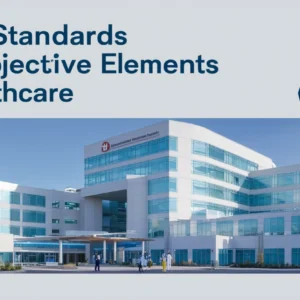This content is RESTRICTED! To Access this!

The Importance of Ongoing Training and Induction for Hospital Staff: A Comprehensive Guide
Tags: Continuous Learning, Healthcare Compliance, Healthcare Quality, Hospital Training, Induction and Orientation, NABH Standards, Patient Safety, Staff Training, Training Programs



